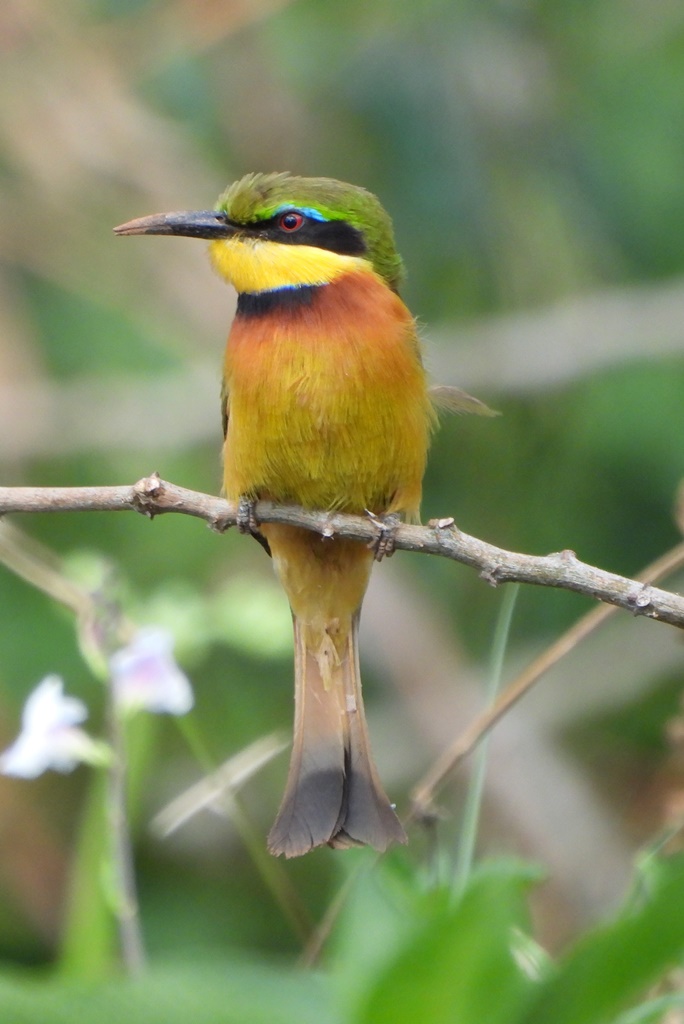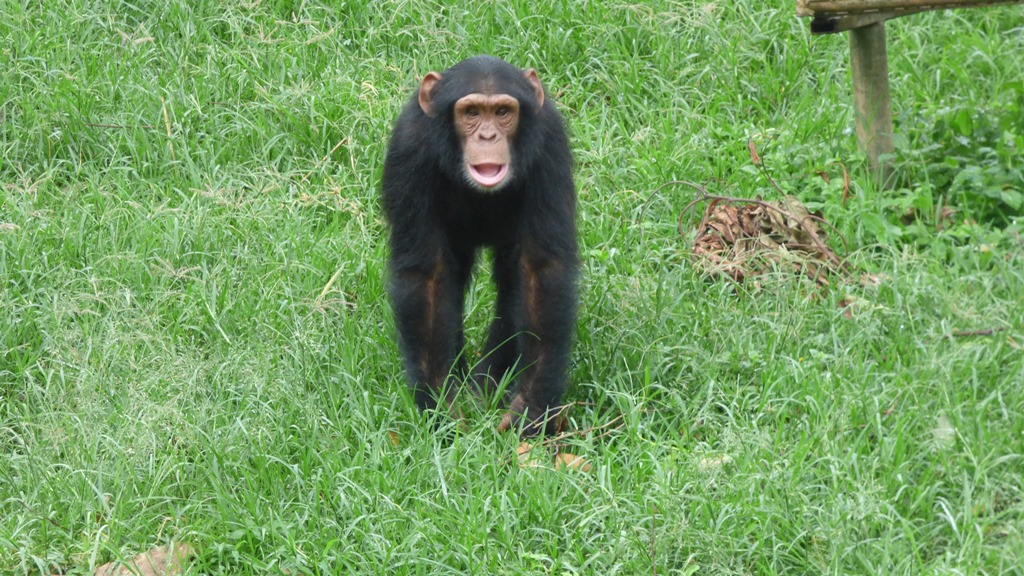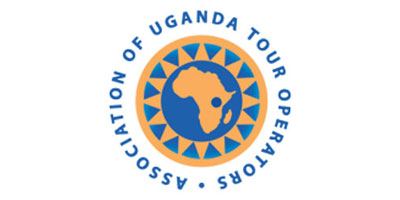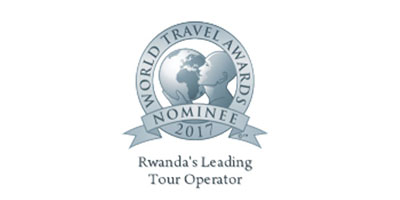Birding in Uganda
Birding the Entebbe Peninsula
The Entebbe Peninsula lies on the eastern side of Entebbe town projecting into Lake Victoria. It is most popular for the sandy beaches and party goers. However it offers good birding opportunity especially for water birds with a good mix of land species. For visiting birdwatchers set to explore Uganda on a long birding trip, the Entebbe Peninsula is one you cannot overlook and it will set your birding tour in Uganda when you arrive through Entebbe International Airport. But even for a quick birding tour, say for a half or full day, the Entebbe Peninsula is one of the recommended spots that are easily accessible from the capital Kampala.
Birding the lake shores produces a good number of water species, and other habitats near the lake such as woodlands, open country, forest and gardens will produce plenty of species. There are several Lake Victoria Biome Restricted Species along the lake. Over 100 species can be recorded covering three common sites along the peninsula and the best time is from early September to early March which sees many palearctic migrant birds:

Birding the Uganda Wildlife Education Center (Zoo) –
You can have this start the day’s birding trail for the Entebbe peninsula. Though the center officially opens at 8am, exception is made for the birdwatchers but may need to make prior communication so the authorities are available to open as early as possible for you to start off by 6.30am – 7am. The Uganda Wildlife Education Center (UWEC) covers about 70 hectares along Lake Victoria. You will start by birding along the lake shore to record some water species, thereafter move inside to browse the trees, shrubs and grasses. Birds include: Pink-backed Pelican, Cattle Egret, Little Egret, Hamerkop, Hadada Ibis, African Fish Eagle, Palm-nut Vulture, Hooded Vulture, African Harrier Hawk, Helmeted Guinea fowl, Grey-crowned Crane, Water Thick-knee, Spur-winged Plover, Wooded Sandpiper, Red-eyed Dove, Grey Parrot, Red-chested Cuckoo, White-browed Coucal, Spotted Eagle-Owl, Speckled Mousebird, Pied Kingfisher, Pygmy Kingfisher, Crowned Hornbill, Yellow-fronted Tinkerbird, Double-toothed Barbet, Dark-capped Bulbul, Yellow-throated Greenbul, Snowy-headed Robinchat, African Thrush, Grey-capped Warbler, Red-faced Cisticola, Northern Black Flycatcher, Yellow White-eye, Green-headed Sunbird, Scarlet-chested Sunbird, Red-chested Sunbird, Black-headed Gonolek, Fort-tailed Drongo, Pied Crow, Black-headed Weaver, Black-necked Weaver, Vielloits Black Weaver, Red-billed Firefinch, and Bronze Mannikin. Also you have the chance to see many of the caged wildlife at the center including Lions, Leopard, Cheetah, Antelopes, Crocodiles, snakes, Chimpanzees, Baboons, monkeys and the Shoebill.

For the naturalist the center has several species of plants. Spend 1 to 2 hours at UWEC. Get into the cars and transfer to the next birding sites
Birding the Kigungu Landing site and Mugula Entebbe Cultural Ground
these two lake shore sites are located just behind the airport runway. Plenty of water species congregate here. Watch out for the Black Heron! During the migration season from early September to April the entire shoreline is populated by several species of birds. Common birds include: Open-billed Stork, Pied Kingfisher, Long-tailed Cormorant, Cattle Egret, Yellow Wagtail, Black-winged Stilt, Sand Martin, Black Heron, Long-toed Lapwing, Egyptian Geese, Spur-winged Lapwing, Ruff, Little Egret, Kittlitz Plover, Grey Headed Gulls, Green Shank, Northern Brown-throated Weaver, and sandpipers, among others.
Spend 1 – 2 hours before moving on. Perhaps have lunch in Entebbe before going to the next site.
Birding the Entebbe Botanical Gardens
The gardens were established as far as 1901. They extend from the shores of Lake Victoria to cover a lush zone of forest with big trees. The Botanical Gardens is one of the renowned birding spots in Uganda and often birded as single entity. It is also a popular spot for leisurely nature walks to enjoy the lush greenery and observe monkeys and birds. Expect to record a good mix of water, open country and woodland species. Birds include: Pink-backed Pelican, Long-tailed Cormorant, Black-crowned Night Heron, Cattle Egret, Little Egret, Black-headed Heron, Hamerkop, African Open-billed Stork, Saddle-billed Stork, Marabou Stork, Egyptian Goose, Yellow-billed Duck, Black Kite, Palm-nut Vulture, Lizard Buzzard, African Harrier-hawk, Grey Kestrel, African Hobby, Black Crake, Spur-winged Lapwing, Red-eyed Dove, Brown Parrot, Grey Parrot, Great Blue Turaco, Eastern Grey Plantain Eater, Speckled Mousebird, Pied Kingfisher, Woodland Kingfisher, Malachite Kingfisher, White-throated Bee-eater, Crowned Hornbill, Black-and-white Casqued Hornbill, Grey Woodpecker, African Pied Wagtail, Yellow-throated Longclaw, Dark-capped Bulbul, Snowy-headed Robin-chat, African Thrush, Winding Cisticola, Grey-backed Camaroptera, Northern Black Flycatcher, Pied Crow, Black-and-white Shrike Flycatcher, Red-chested Sunbird, Grey-backed Fiscal, Northern Puffback, Rupell’s Long-tailed Starling, Black-headed Weaver, Baglafetcht Weaver, Slender-billed Weaver, Holub’s Golden Weaver, and Orange Weaver.




